Boeing 747
The Boeing 747 is a long-range wide-body airliner designed and manufactured by Boeing Commercial Airplanes in the United States between 1968 and 2023. After the introduction of the 707 in October 1958, Pan Am wanted a jet 2+1/2 times its size, to reduce its seat cost by 30%. In 1965, Joe Sutter left the 737 development program to design the 747. In April 1966, Pan Am ordered 25 Boeing 747-100 aircraft, and in late 1966, Pratt & Whitney agreed to develop the JT9D engine, a high-bypass turbofan. On September 30, 1968, the first 747 was rolled out of the custom-built Everett Plant, the world's largest building by volume. The 747's first flight took place on February 9, 1969, and the 747 was certified in December of that year. It entered service with Pan Am on January 22, 1970. The 747 was the first airplane called a "Jumbo Jet" as the first wide-body airliner.
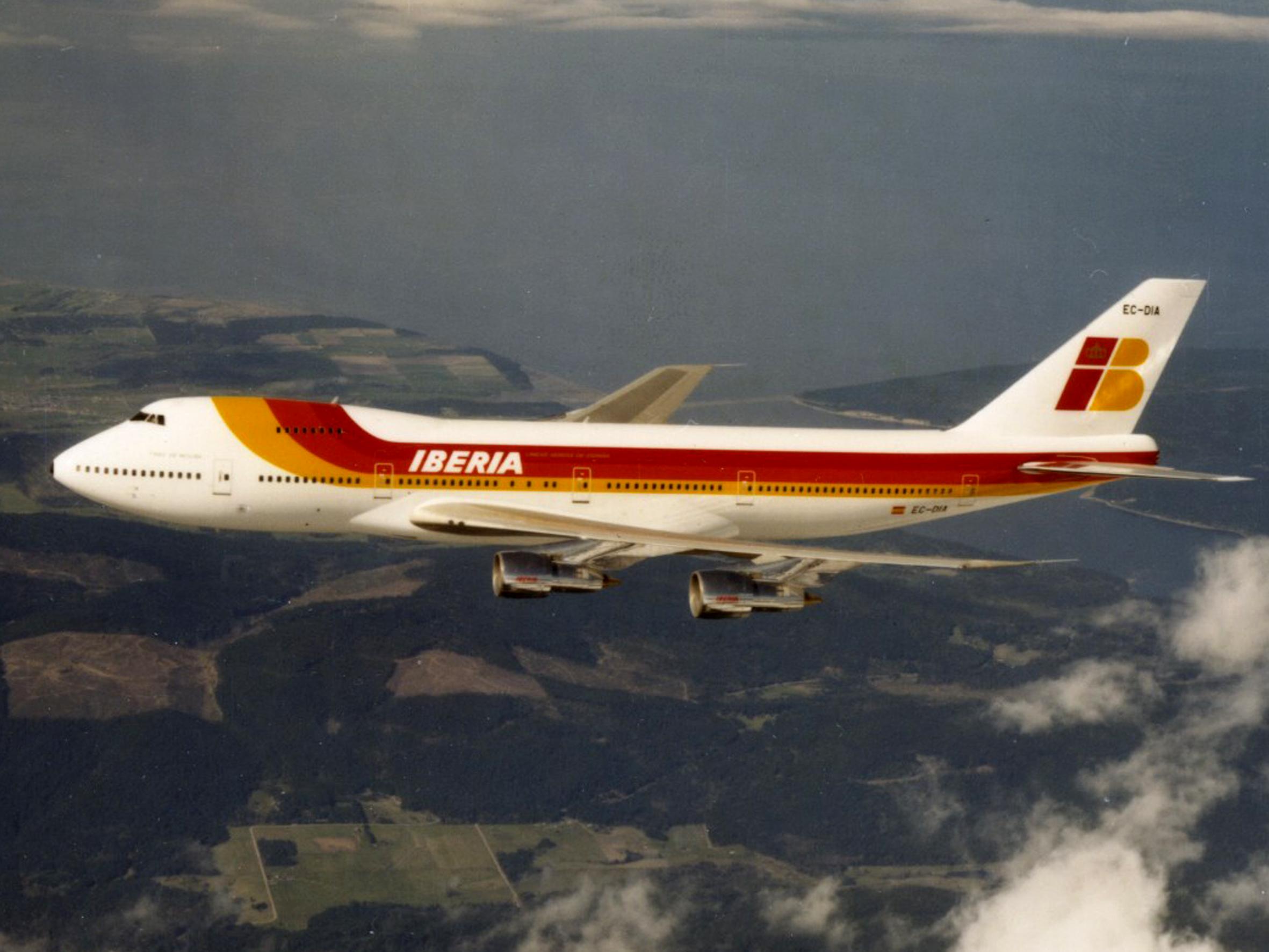
Boeing 747-200 of Iberia (1980)
The 747 is a four-engined jet aircraft, initially powered by Pratt & Whitney JT9D turbofan engines, then General Electric CF6 and Rolls-Royce RB211 engines for the original variants. With a ten-abreast economy seating, it typically accommodates 366 passengers in three travel classes. It has a pronounced 37.5° wing sweep, allowing a Mach 0.85 (490 kn; 900 km/h) cruise speed, and its heavy weight is supported by four main landing gear legs, each with a four-wheel bogie. The partial double-deck aircraft was designed with a raised cockpit so it could be converted to a freighter airplane by installing a front cargo door, as it was initially thought that it would eventually be superseded by supersonic transports.
Boeing introduced the -200 in 1971, with uprated engines for a heavier maximum takeoff weight (MTOW) of 833,000 pounds (378 t) from the initial 735,000 pounds (333 t), increasing the maximum range from 4,620 to 6,560 nautical miles [nmi] (8,560 to 12,150 km; 5,320 to 7,550 mi). It was shortened for the longer-range 747SP in 1976, and the 747-300 followed in 1983 with a stretched upper deck for up to 400 seats in three classes. The heavier 747-400 with improved RB211 and CF6 engines or the new PW4000 engine (the JT9D successor), and a two-crew glass cockpit, was introduced in 1989 and is the most common variant. After several studies, the stretched 747-8 was launched on November 14, 2005, with new General Electric GEnx engines, and was first delivered in October 2011. The 747 is the basis for several government and military variants, such as the VC-25 (Air Force One), E-4 Emergency Airborne Command Post, Shuttle Carrier Aircraft, and some experimental test aircraft such as the YAL-1 and SOFIA airborne observatory.
Initial competition came from the smaller trijet widebodies: the Lockheed L-1011 (introduced in 1972), McDonnell Douglas DC-10 (1971) and later MD-11 (1990). Airbus competed with later variants with the heaviest versions of the A340 until surpassing the 747 in size with the A380, delivered between 2007 and 2021. Freighter variants of the 747 remain popular with cargo airlines. The final 747 was delivered to Atlas Air in January 2023 after a 54-year production run, with 1,574 aircraft built. As of December 2023, 64 Boeing 747s (4.1%) have been lost in accidents and incidents, in which a total of 3,746 people have died.
Lufthansa
Deutsche Lufthansa AG (German pronunciation: [?d??t?? 'l?fthanza? ?a?'ge?] ?), or simply Lufthansa, is the flag carrier of Germany. When combined with its subsidiaries, it ranks second in Europe by passengers carried, as well as largest in Europe and fourth largest in the world by revenue. Lufthansa is also one of the five founding members of Star Alliance, which is the world's largest airline alliance, formed in 1997. Lufthansa was founded in 1953 and commenced operations in April 1955.

Besides operating flights under its own brand, the Lufthansa Group also owns several other airlines, including Austrian Airlines, Brussels Airlines, Discover Airlines, Eurowings and Swiss International Air Lines. The group also owns several aviation-related companies, including Global Load Control, Lufthansa Consulting, Lufthansa Flight Training, Lufthansa Systems and Lufthansa Technik.
The company was founded as Aktiengesellschaft für Luftverkehrsbedarf (often shortened to Luftag) on 6 January 1953 by staff of the former Deutsche Luft Hansa, Germany's national airline founded in 1926. While Deutsche Luft Hansa played a significant role in the development of commercial aviation in Germany, it was liquidated in 1951 due to its association with the Nazi regime during World War II. Luftag adopted the branding of the former flag carrier by acquiring the Luft Hansa name and logo in 1954.
Lufthansa's corporate headquarters are in Cologne. The main operations base, called Lufthansa Aviation Center, is located at Frankfurt Airport, the airline's primary hub. It also maintains a secondary hub at Munich Airport, along with its Flight Operations Centre.
Lufthansa Flight 540
Lufthansa Flight 540 was a scheduled commercial flight for Lufthansa, serving the Frankfurt–Nairobi–Johannesburg route.

D-ABYB, the 747 involved, seen in July 1970
On 20 November 1974, the Boeing 747-130 that was operating as Flight 540 was carrying 157 people (140 passengers and 17 crew members) crashed and caught fire shortly after taking off from Jomo Kenyatta International Airport in Nairobi for the last leg of the flight, resulting in the deaths of 55 passengers and 4 crew members. This was the first fatal accident involving a Boeing 747.
Notes
Mobile friendly is no available
Computer is available
Real Photos
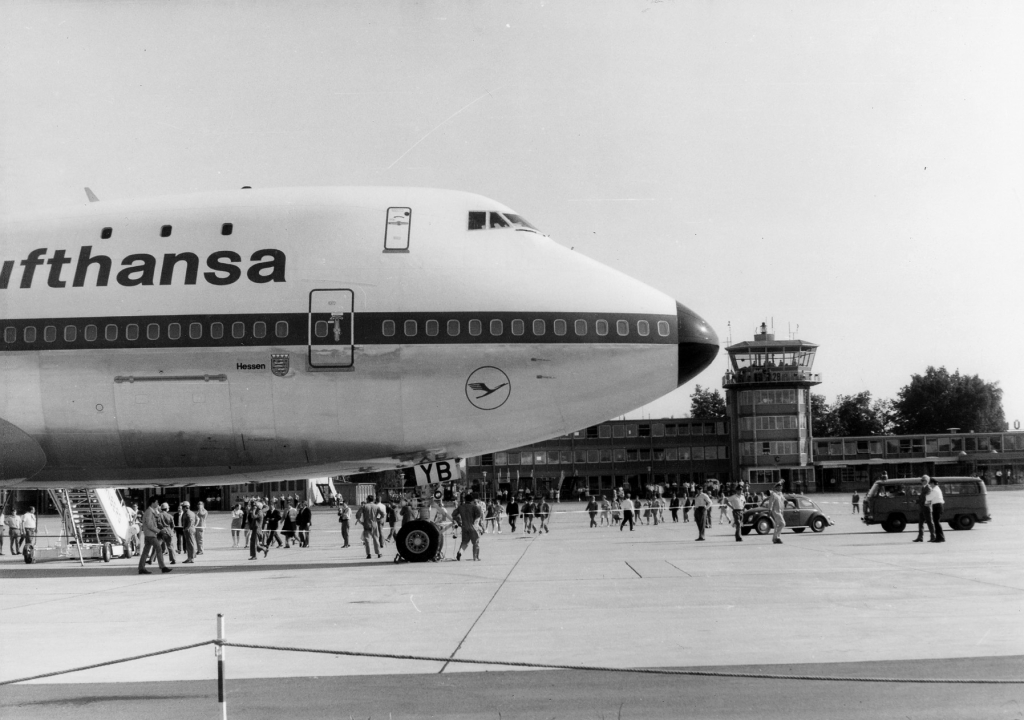
D-ABYB, the Lufthansa 747-100 involved, seen at Nuremberg Airport in 1970.

D-ABYB, the Lufthansa 747-100 involved, seen at Frankfurt International Airport in 1974. before the 2 months
The death stare is scary
Specifications
Spotlights
- ZFold7 1.4 years ago
General Characteristics
- Predecessor Boeing 747-100 "City of Everett" Prototype
- Successors 1 airplane(s) +21 bonus
- Created On Android
- Wingspan 194.6ft (59.3m)
- Length 232.0ft (70.7m)
- Height 64.3ft (19.6m)
- Empty Weight 328,527lbs (149,017kg)
- Loaded Weight 630,225lbs (285,865kg)
Performance
- Power/Weight Ratio 0.631
- Wing Loading 66.9lbs/ft2 (326.7kg/m2)
- Wing Area 9,417.6ft2 (874.9m2)
- Drag Points 15629
Parts
- Number of Parts 1154
- Control Surfaces 5
- Performance Cost 4,874

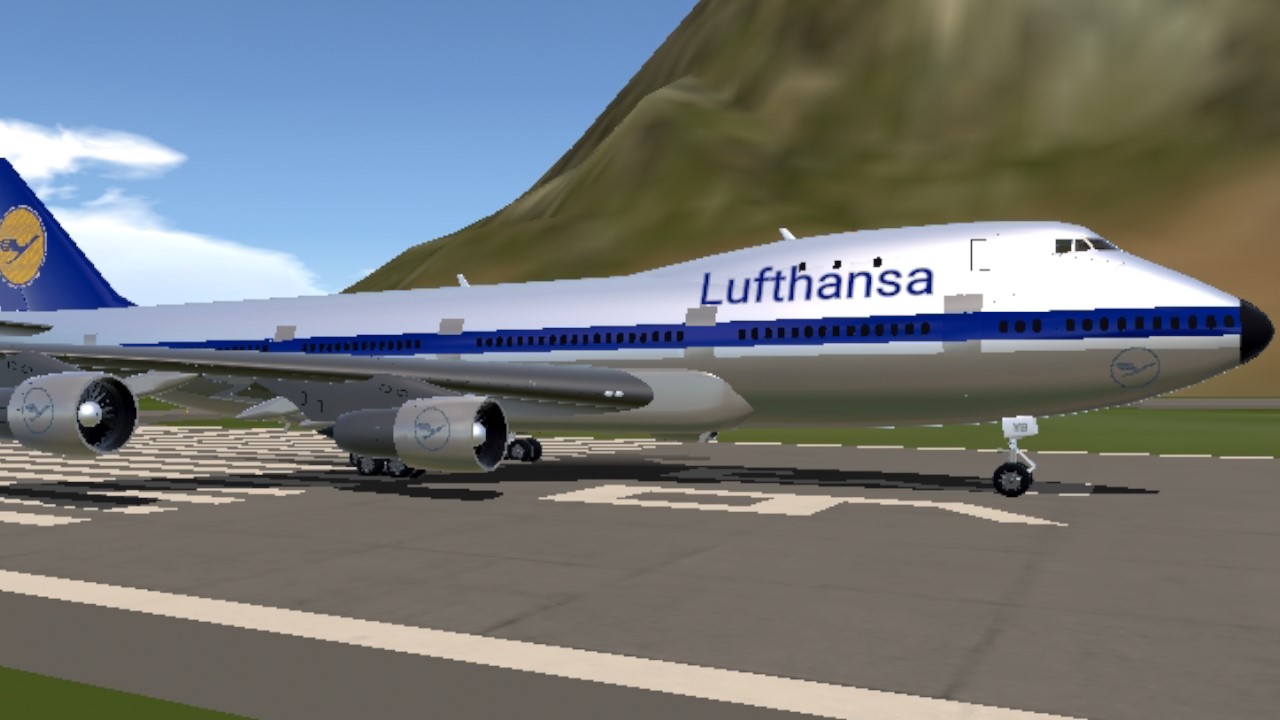
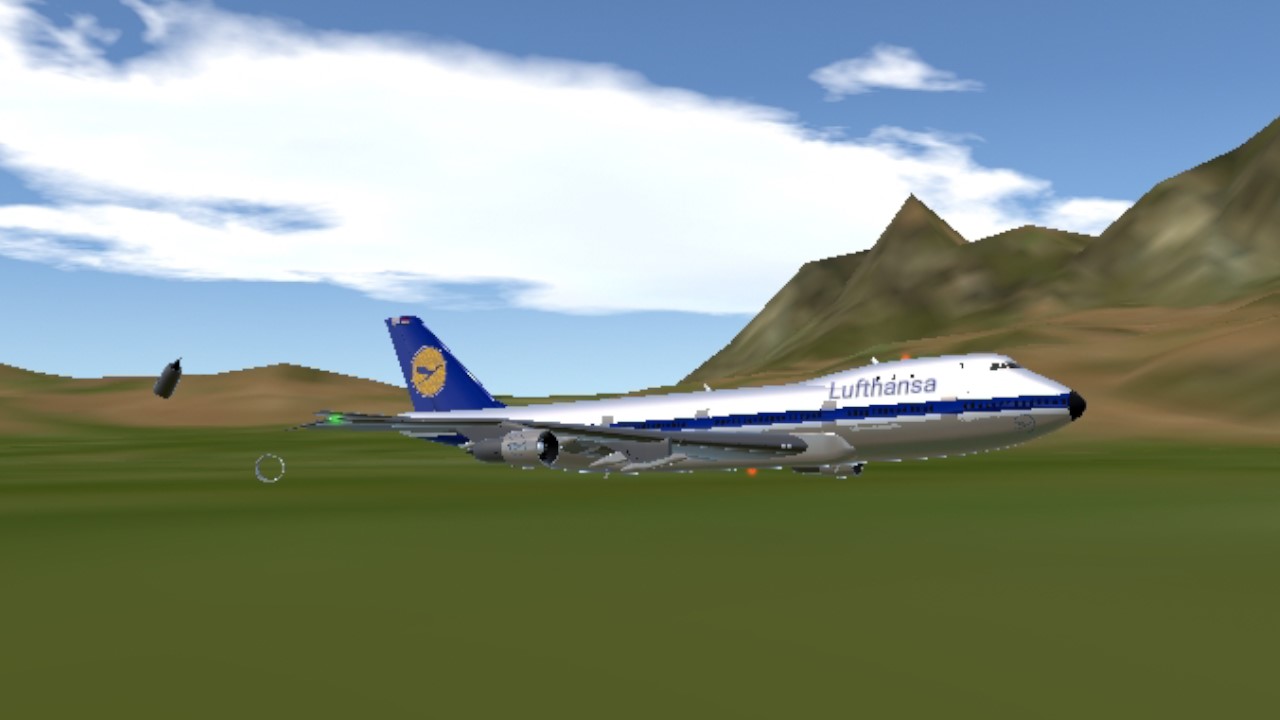
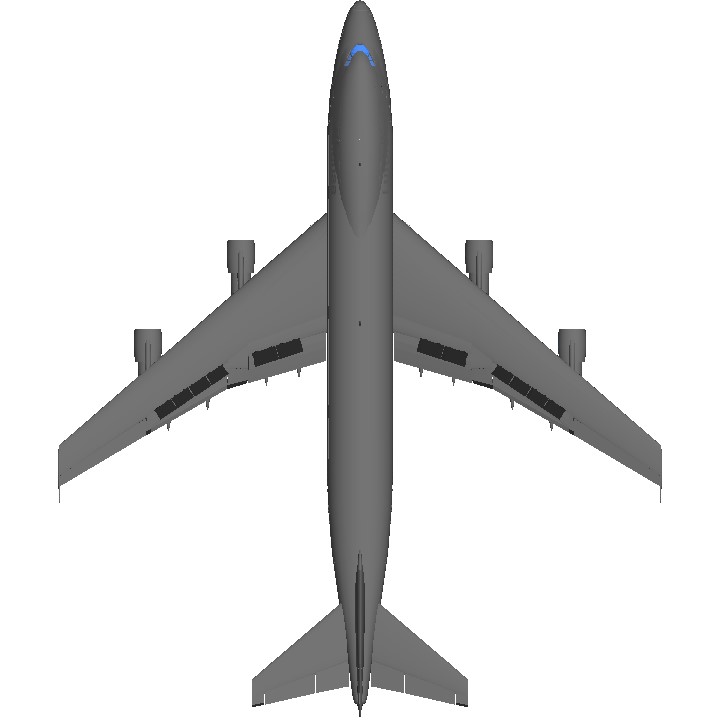
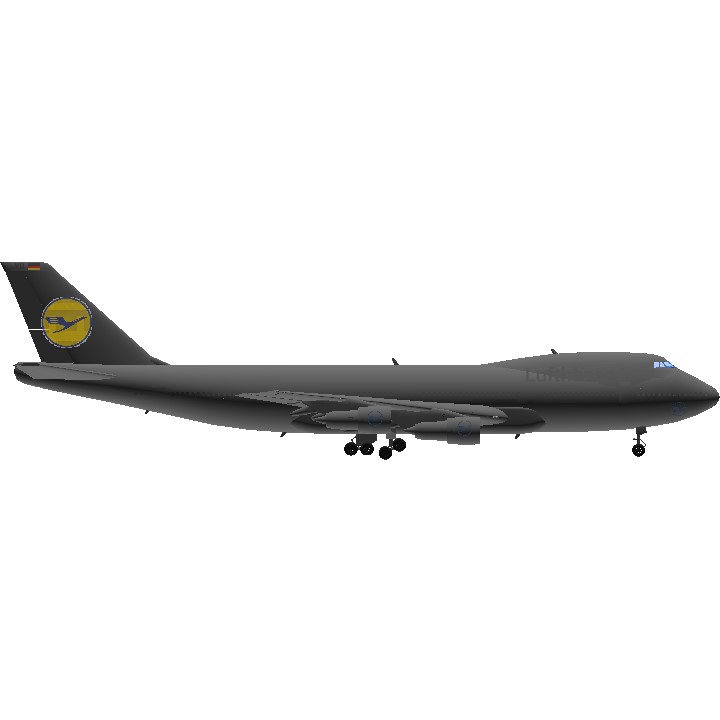
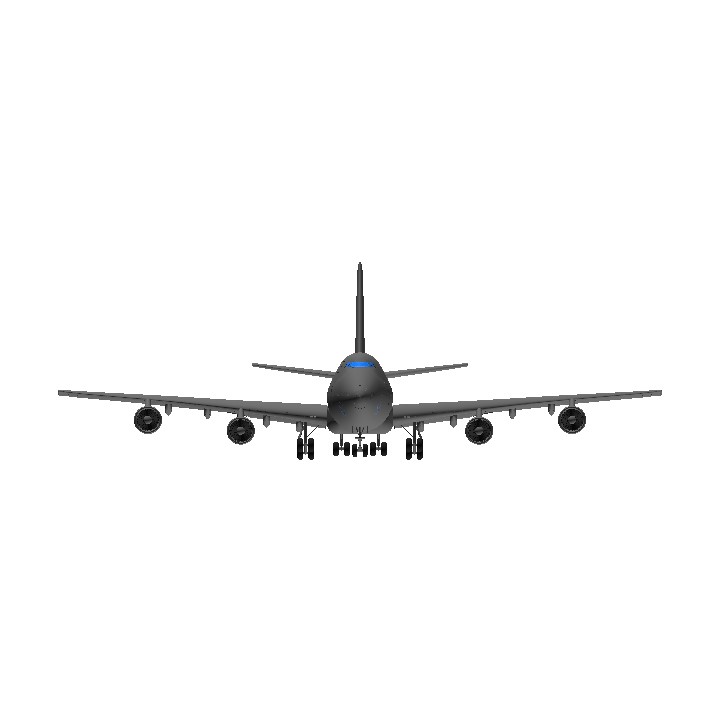
This mobile friendly is no available
The scariest death stare ever.
@LegendaryAviation587 "PC Available" but that you used Android 14💀
that one successors